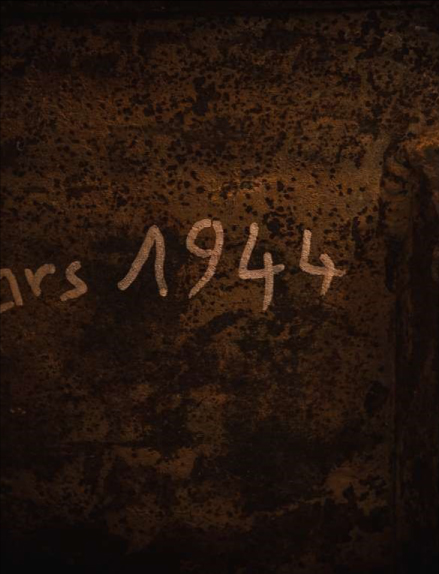En 1770, à l’époque de Louis XV, François Establet possède une parcelle à Châteauneuf Calcernier dit « De pape », la première d’une longue série.
Moins d’un siècle plus tard, en 1836, Alexis Establet, son descendant, achète des vignes au quartier des Escaïrons.
Dix ans après, son fils Georges s’investit sur le lieu-dit de la Gardiole, aujourd’hui le cœur de la propriété de la famille Jeune.
Le moulin de l’arbre, minoterie historique de Châteauneuf-du-Pape, est aussi un emblème fort du Domaine du Grand Tinel.
La transmission se poursuit avec Marius, puis son fils Charles, né en 1906. Ils produisent et font commerce du vin du Domaine, baptisé à l’époque « La petite Gardiole ».
Charles, ambitieux comme ses aïeuls, acquiert en 1958, toujours à Châteauneuf-du-Pape, le domaine de Saint-Paul, au sud de l’appellation, dont la bâtisse à la façade Art déco date de 1934.
Côté Jeune, le vin marque aussi l’histoire familiale. Lucien Jeune, né en 1904, possède de son côté, des vignes aux quartiers du Boucou et Pied Redon. Dès 1930, il s’occupe à sa manière de la renommée de Châteauneuf-du-Pape. Par le transport du vin déjà, mais aussi par son mandat de maire de la commune de 1944 à 1965.
Après avoir protégé le territoire de l’occupation, en tant que résistant actif pendant la Seconde Guerre mondiale, il eut l’idée insolite, en 1954, de faire voter un arrêté interdisant aux soucoupes volantes de survoler, de stationner ou d’atterrir à Châteauneuf-du-Pape.
Une décision relayée dans le monde entier qui participe toujours à la notoriété du village, en plus des vins de l’appellation que l’on ne présente plus.
Dans les années 60, le mariage entre Christiane Establet, fille de Charles et Lucienne, et Jean-Pierre Elie Jeune, fils de Lucien et Renée, scelle l’alliance de deux familles éprises de vins et de vignes. Du nord au sud de l’AOP, les parcelles s’unissent à leur tour et donnent naissance en 1972 au domaine du Grand Tinel.






